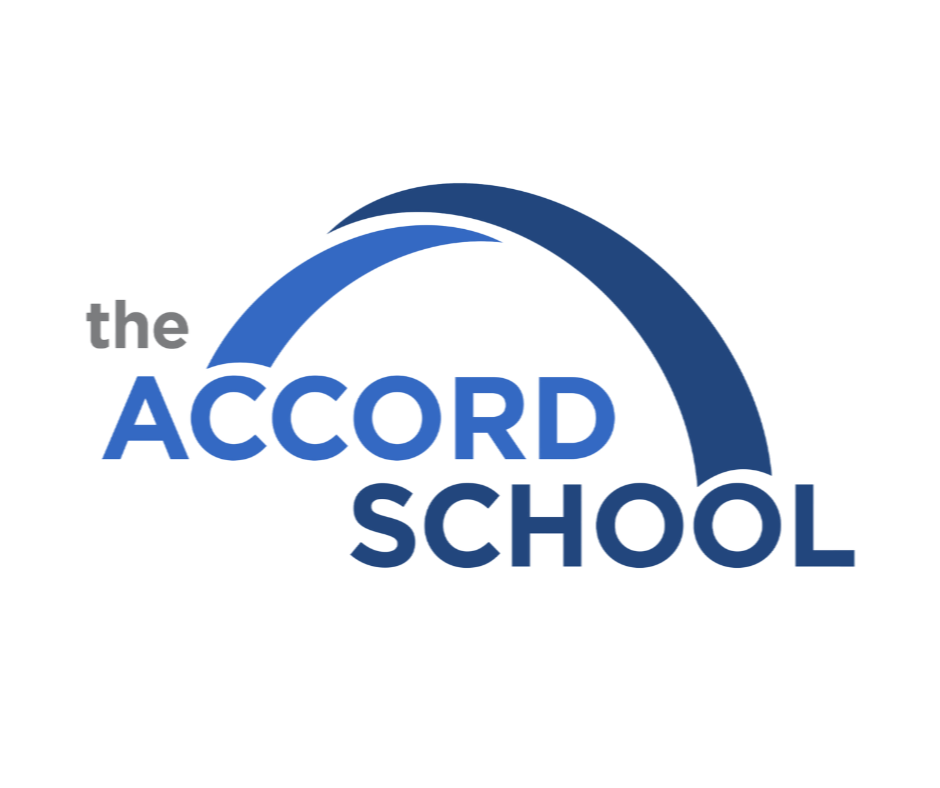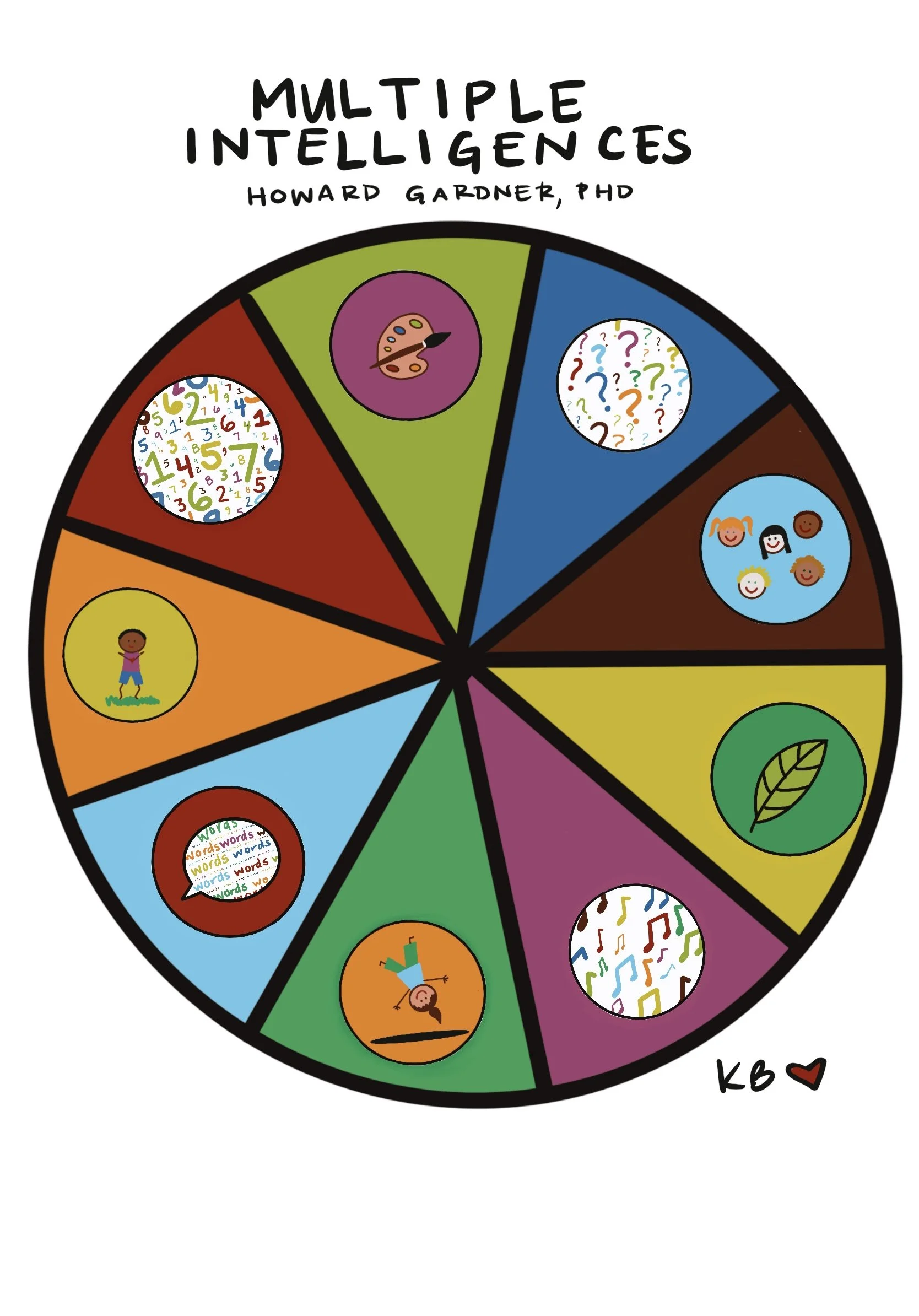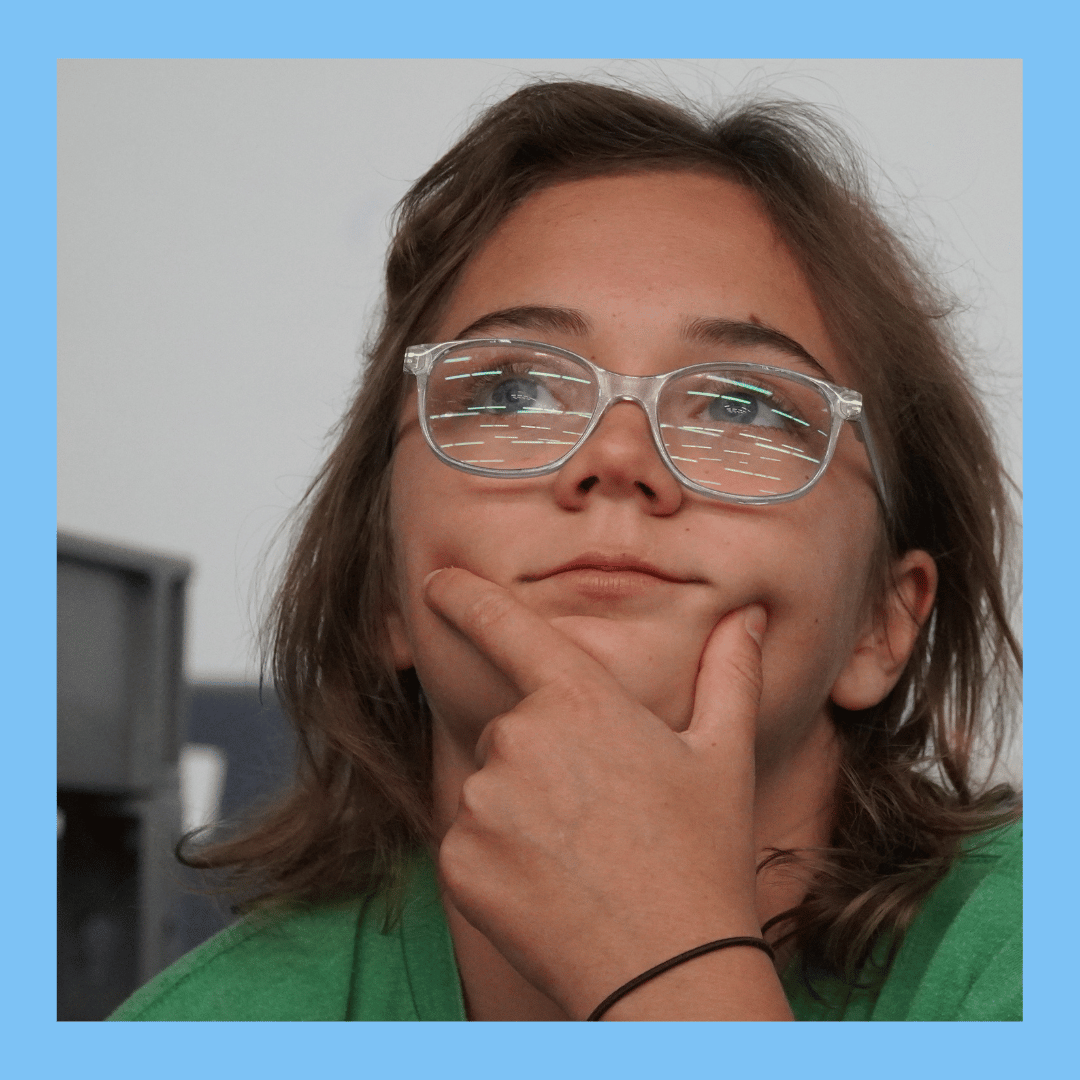Our Learning Philosophy
All people learn, think, and perform best in their own unique way. Learning about your intelligences can help you understand how you like to work, solve problems, and just be in the world.
Dr. Howard Gardner, the researcher behind the theory of Multiple Intelligences, has been a prominent figure at Harvard University for many years. To learn more, read his book Multiple Intelligences (1993).
At the Accord School, we strive to incorporate Multiple Intelligence theory across the curriculum through differentiated instruction, unique courses, social-emotional learning, enrichment activities, farm-based education, project-based learning, and community partnerships. Learn more about how we meet the wide-range of intelligences represented in our neurodivergent student body below!
Of the nine intelligences identified by Gardner: Spatial, Existential, Interpersonal, Intrapersonal, Naturalist, Musical, Kinesthetic, Linguistic, Mathematical, which do you think are emphasized in traditional middle schools?
Yup! Linguistic and Mathematical. And as educators, we get it.
But… how does that make students who fall into the other seven intelligences (or a mixture of them) feel about school and their own smarts? At Accord, we are driven by our belief that each student is a unique learner.
From 8:30am to 3pm Monday through Friday, we offer a wide range of learning experiences.
From September through June, we encourage students to understand and embrace who they are as learners.



